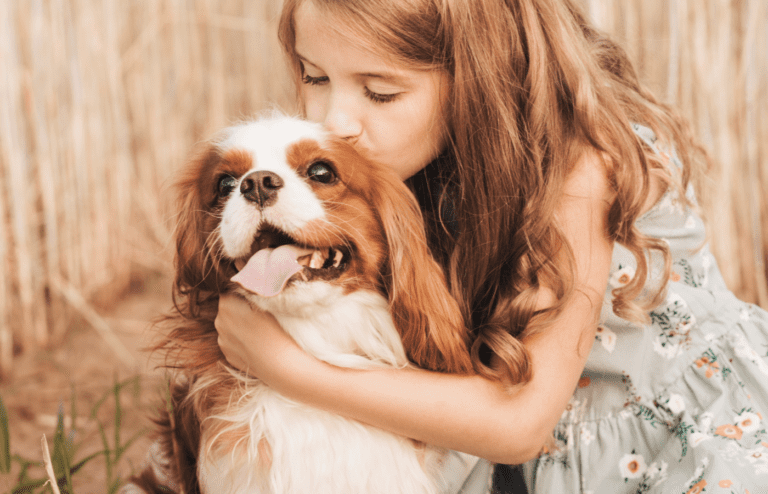Cats are prone to dehydration which can lead to numerous serious health issues, so it’s important to create an environment that will get your cat to drink more water by following these 7 tips.
Avoiding Dehydration in Cats

Going back to the wild ancestry of cats, felines adapted to living in dry condition and can survive on less water than dogs. However, that doesn’t mean they should.
Cats have a tendency to not drink enough water, which makes them prone to dehydration. A lack of water consumption by cats can cause a variety of health issues including lower urinary tract disease, urinary blockages, constipation, and other serious problems, including death.
Dehydration begins in cats within 24 hours of not drinking water.
How Much Water Do Cats Need?
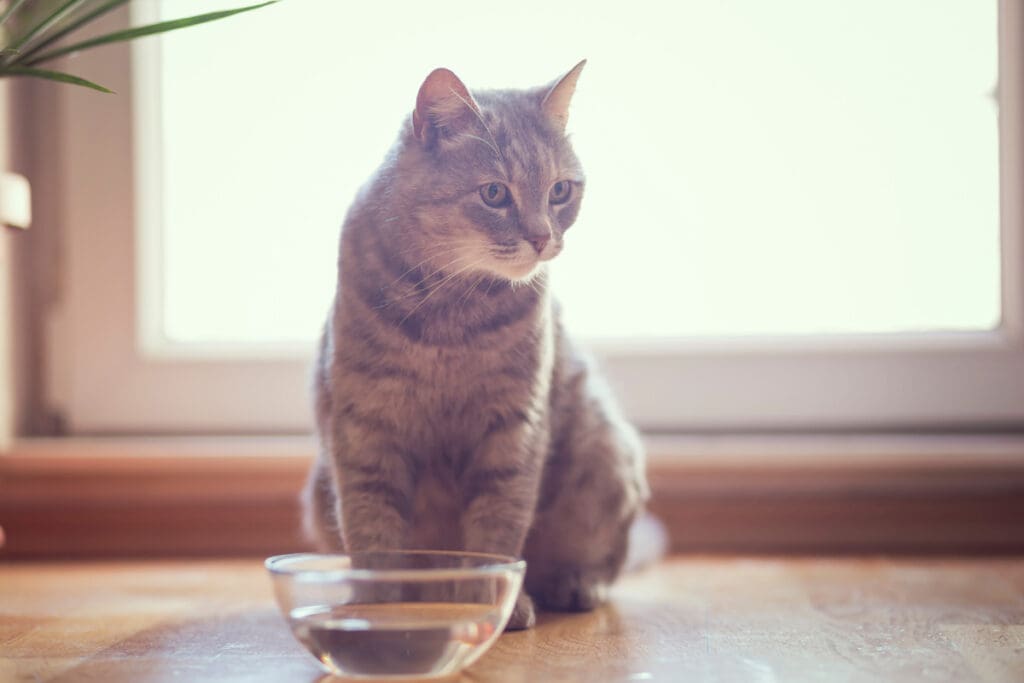
Cats need to drink roughly 3.5-4.5 ounces of water per every 5 pounds of their body weight daily. Therefore, a 10-pound cat should consume between 7-9 ounces of water daily.
The old saying, “You can lead a horse to water, but you can’t make it drink,” is partially true for cats as well. However, with a bit of clever trickery, you can create an environment that will get your cat drink more water. Keep reading for easy ways to encourage your cat’s water intake.
1. Don’t Give Your Cat Other Liquids
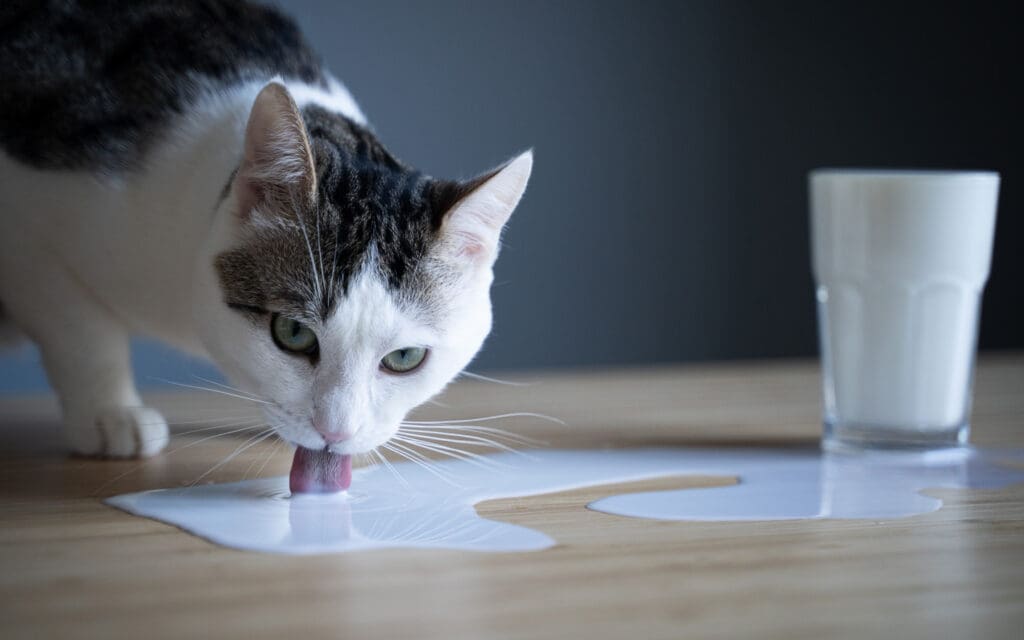
Other liquids aren’t substitutes for water in a cat’s diet. Skip all other liquids and make water your cat’s only option.
Despite the fact that people often give them milk or cream, cats are actually lactose intolerant and have difficulty digesting dairy products. Therefore, drinking milk might make them ill.
2. Refresh Your Cat’s Water Bowl Daily

Cats are finicky. Water that has been sitting for a few days might be unappealing.
One way to appeal to your cat is to make sure your cat’s water bowl is replenished with fresh, clean water each day.
3. Place Multiple Bowls Throughout the House

Cats actually prefer to drink water in different locations. Appeal to this preference by placing multiple bowls of water throughout the house.
Ensuring that water is never too far away will encourage them to drink. Also, position the bowl so your cat sits behind it but can still see all around them, which will help them feel safe.
4. Experiment With Different Kinds of Bowls
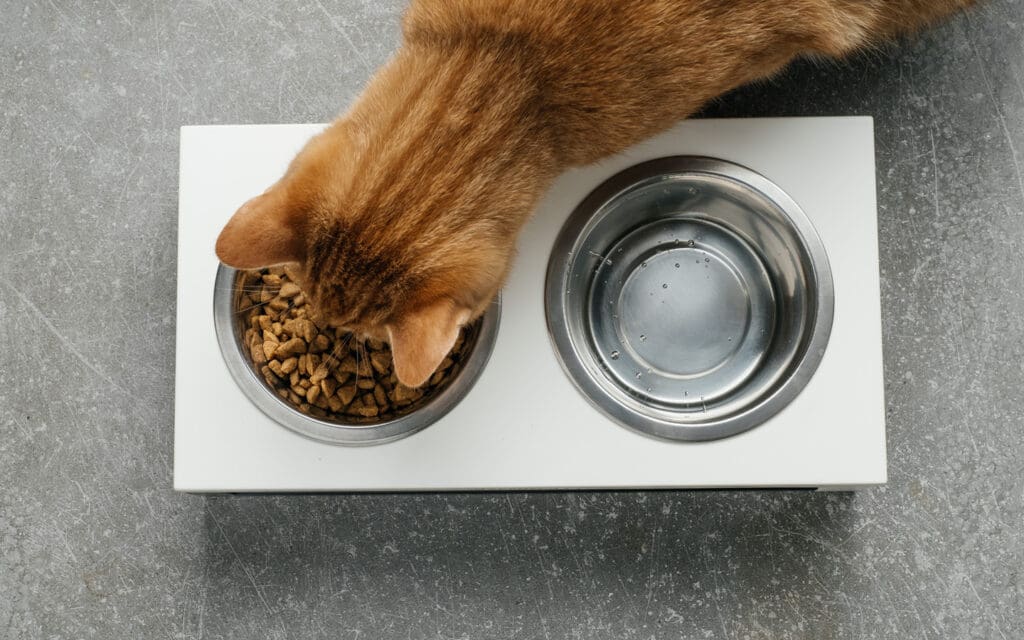
As humans, we can detect the taste of plastic and metal cups when drinking water. The same goes for cats. Try using a glass or ceramic bowl instead.
The shape of the bowl matters as well. Cats prefer bowls that are shallow and wide. This allows them to keep watch on their surroundings while drinking, as well as keeps their whiskers from touching the sides of the bowl.
5. Keep Water Bowls Away From Litter Boxes

Would you want to eat or drink near the toilet? Neither does your cat.
Make sure to keep water bowls and litter boxes a significant distance apart. If possible, keep them in two separate rooms. Safety-wise, this helps avoid contamination as well.
6. Keep Water and Food Bowls Separated

Unlike dogs, who couldn’t care less, cats don’t like to drink in proximity to where they eat. This goes back to their wild ancestry where the guts of their prey could contaminate their water source.
Make sure to place your cat’s water and food bowls in separate locations.
7. Get a Pet Water Fountain

Due to their wild heritage, many cats are attracted to the movement of flowing water, which signals freshness. This is why some cats drink directly from the tap.
There are many pet water fountains available online or in pet stores. A water fountain may be the solution for a cat reluctant to drink water.
8. Spike Your Cat’s Water with Flavoring

If your cat absolutely refuses to drink water, experiment with adding a few drops of flavoring to the water.
Recommended flavoring is a few drops of chicken broth or juice from tuna packed in water (not oil). Make sure to completely change your cat’s water daily so that these additives don’t spoil and make your cat ill.
9. Feed Your Cat Canned Food
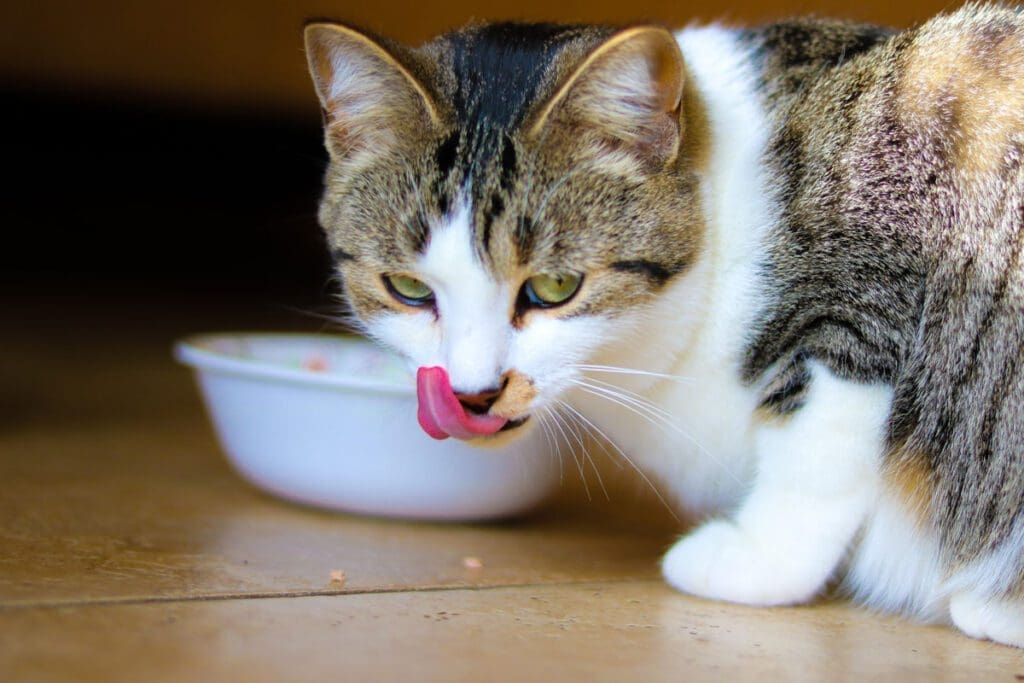
If you tried all the tricks above, and your cat still won’t drink enough water, consider switching to canned food.
Canned cat food contains roughly 70-80% water, which will allow your cat to get a decent proportion of their daily water requirements from their food. If you’re switching from dry to canned food, do so gradually to reduce the chance of intestinal issues.



